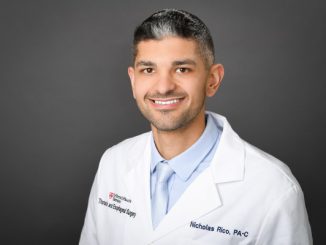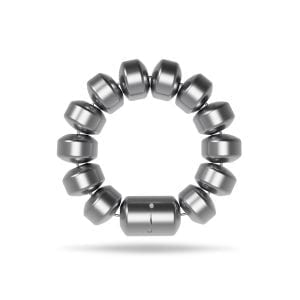 For many people, heartburn is an occasional nuisance. But for more than three million Americans, the discomfort from heartburn becomes so frequent that it affects their quality of life. For these individuals, gastroesophageal reflux disease, or GERD, is the likely cause.
For many people, heartburn is an occasional nuisance. But for more than three million Americans, the discomfort from heartburn becomes so frequent that it affects their quality of life. For these individuals, gastroesophageal reflux disease, or GERD, is the likely cause.
GERD happens when there is a weakness in the lower esophageal sphincter, or LES, causing stomach acid to travel up the esophagus. Not only is it painful, if left untreated, can cause serious complications including Barrett’s esophagus and possibly cancer.
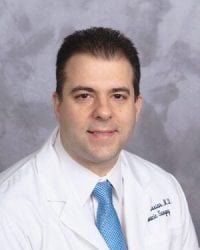
St. Peter’s Hospital is proud to now offer these patients a drug-free, minimally invasive solution.
Dennis Rassias, M.D., chief of thoracic surgery at St. Peter’s Hospital, has performed the hospital’s first LINX implant procedure. Approved by the FDA in 2011, the LINX procedure is a surgical treatment for GERD. It is a small, ring-shaped device about the size of a quarter, made of permanent magnets surrounded by titanium beads.
The ring is implanted through a minimally invasive laparoscopic/robotic procedure around the weakened lower esophageal valve where it connects to the stomach. This stops acid from entering the esophagus easily, and increases the pressure of the lower esophageal sphincter. 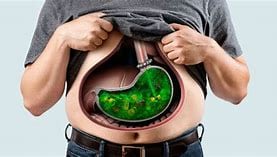
“Historically, what we’ve been doing to augment the sphincter pressure of the esophageal valve is a surgery called fundoplication, which uses the patient’s own stomach,” Dr. Rassias said. “While this helps many patients, there is the small possibility that it can breakdown after about 20 years. What makes LINX such an attractive treatment is that it’s completely reversible, is minimally invasive, and should last a lifetime.”
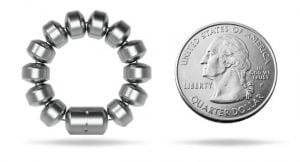 LINX is intended for patients diagnosed with GERD who continue to have symptoms even while taking medication. There is no alteration of the stomach necessary, and most patients who undergo the surgery are able to go home the same day as their procedure and quickly resume a normal diet. Typical physical activity can be resumed quickly, usually within a few days. Additionally, LINX is designed to preserve the ability to belch or vomit if necessary. It is removable should the need arise for other treatment options.
LINX is intended for patients diagnosed with GERD who continue to have symptoms even while taking medication. There is no alteration of the stomach necessary, and most patients who undergo the surgery are able to go home the same day as their procedure and quickly resume a normal diet. Typical physical activity can be resumed quickly, usually within a few days. Additionally, LINX is designed to preserve the ability to belch or vomit if necessary. It is removable should the need arise for other treatment options.
Patients interested in undergoing the LINX procedure must first meet certain criteria as determined by their physician. These include
- Positive 24 hour ph test to determine the presence and severity of GERD
- Near normal esophageal motility, or functioning of the esophagus
- Body mass index (BMI) under 35
- Barium swallow and endoscopy showing no cancer
For more information on LINX, contact the department of thoracic and esophageal surgery at St. Peter’s Hospital. The office, located at 319 South Manning Boulevard, Suite 206 in Albany, can be reached at 518-525-8501.





